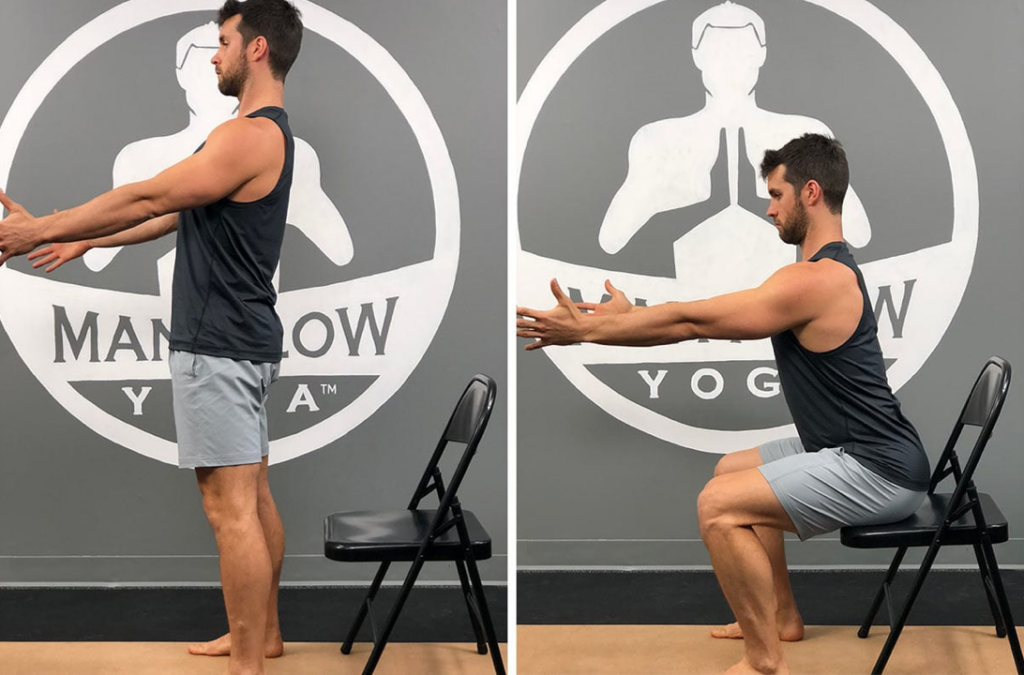
Nutrition
- A well-balanced diet rich in calcium and vitamin D
- Men 19 to 70: need 1,000 mg (milligrams) of calcium per day
- Men over age 70: need 1,200 mg per day
- Vitamin D: 600 to 800 IU (International Units) each day

Healthy Lifestyle
- Smoking decreases calcium uptake from foods.
Drinking Alchohol:
- Heavy drinking weakens your bones and increases your risk of broken bones
- Moderate drinking for most men is no more than 2 drinks per day
EXERCISE IN ORDER TO FIGHT FRACTURES AND REDUCE FALLS

- Throughout life, including older years, exercise is important. The physical stress placed on bones during exercise stimulates the growth of new bone tissue.
- To reap these benefits, however, you must engage in weight-bearing exercise; activity that encompasses weight lifting and resistance training. Included is any type of activity that forces you to work against gravity by standing or carrying your body’s weight, including running, walking, dancing, and stair climbing. The higher-stress activities have a greater impact on bone. Activities such as swimming or biking aren’t weight-bearing and thus, don’t build bone.
- Only the bones that bear the load of the exercise will benefit. For example, running protects bones in the hips and legs, but not the arms. A well-rounded strength training plan can benefit the targeted bones. Strength training focuses on the weak points in individuals with osteoporosis; hip, spine, and arm bones.
- Exercise can also help reduce your risk of fractures by improving your overall strength, coordination, and balance, with the result that you will be less likely to fall.
EXERCISES
Many believe that a gym is needed in order to exercise and strengthen your bones, however, body weight is all you need. If needed, modify the workout to fit your body’s needs, especially if you have an injury or limitation.
Some of PHEN’s favorite at-home work outs are the following:
Squats

Keep your chest up, bring your butt to the floor while maintaining a 90-degree angle at your knees and squeeze your butt when you stand back up.
Modified Squats

Modified: Don’t go as low in your squat or use a chair to tap your butt in (as if your sitting) then stand back up – often called “Sit to Stand”.
Pushups

To prevent shoulder injuries, it is best to keep your elbows closer to your sides. These are often called “triceps push-ups”.
Modified Pushups

Modified: Put your knees on the floor but maintain a straight line from head to tailbone – try not to let your lower back dip down.
Planks

Tighten your core, balance on your elbows and toes, and put your feet shoulder-width apart. Hold for as long as you can.
Modified: Balance on the palm of your hands instead of elbows, keep your hands under your shoulders, not too far out or in.
Marching in Place

Bring your knees up to a 90-degree angle and swing the opposite arm as you march. It helps to put on an upbeat song and march to the beat.
Modified: Do not bring your knees as high or slow down the pace.
